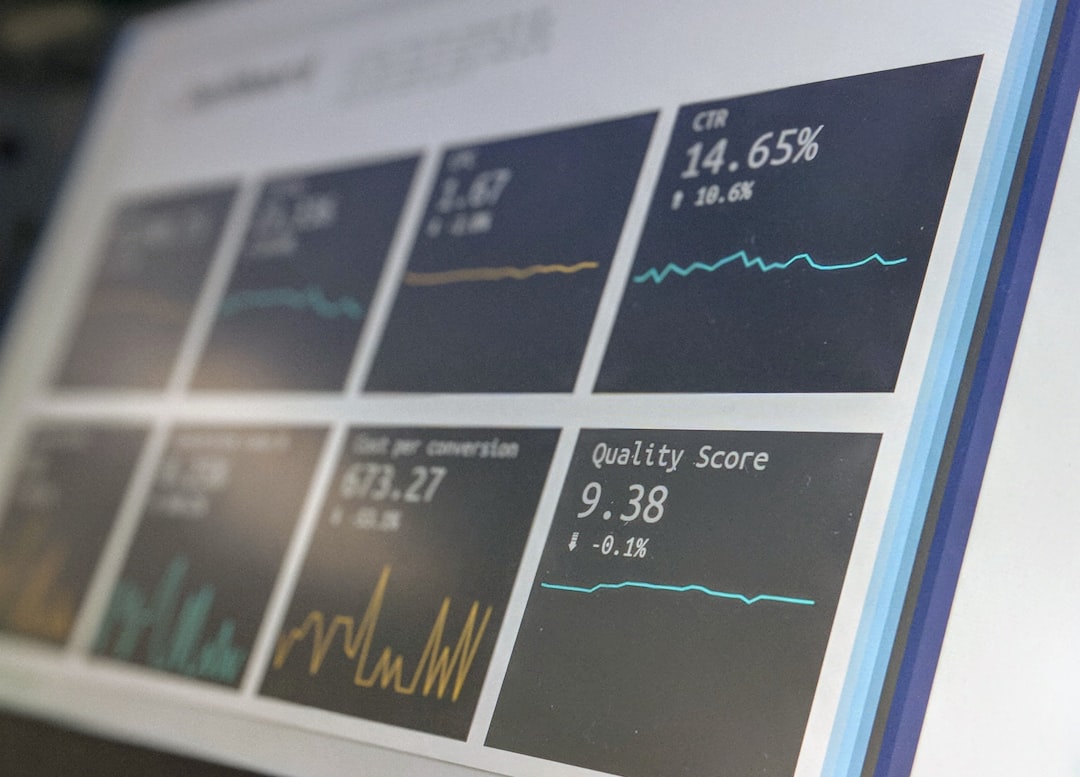
Top Journals for Publishing Economic Research: A Comprehensive Guide.
# Introduction. Publishing economic research is a vital step for scholars and practitioners alike, enabling them to share their findings with a wider audience and contribute to the academic dialogue. With the vast number of journals available, it can be challenging to determine which ones are the most respected and relevant for your work. In this blog post, we will explore some of the top journals for publishing economic research, discussing their scope, impact factor, and submission guidelines. ## Understanding the Importance of Selecting the Right Journal. Choosing the right journal for your economic research is crucial for several reasons. Firstly, the journal's audience will significantly influence the impact your work will have. By selecting a journal that aligns with your research's subject matter, you can ensure that your work reaches interested readers. Secondly, different journals have varying levels of rigor in their peer-review processes. Publishing in reputable journals not only enhances your CV but also increases the visibility and credibility of your research. Finally, understanding the journal’s thematic scope and typical content can help you tailor your submission effectively, increasing your chances of acceptance. ## 1. The American Economic Review (AER). The American Economic Review is regarded as one of the leading journals in the field of economics. Founded in 1911, AER publishes original research articles on a broad range of economic topics including microeconomics, macroeconomics, and applied economics. The journal is notable for its rigorous standards and extensive reach, ensuring widespread dissemination of its articles. Potential authors should note that the review process can take several months, and submission guidelines emphasize the importance of originality and clarity of exposition. ## 2. The Journal of Political Economy. Another highly respected publication is the Journal of Political Economy, established in 1892. This journal covers a diverse array of topics and methodologies within the field of economics, including policy analysis, empirical studies, and theoretical developments. The impact factor of this journal is exceptionally high, making it a desirable venue for high-quality research. Authors looking to submit must adhere to specific formatting requirements and contextually frame their contributions to existing literature to enhance their manuscripts. ## 3. The Quarterly Journal of Economics (QJE). The Quarterly Journal of Economics stands out for its emphasis on empirical research that makes significant contributions to economic theory and policy. Since its inception in 1886, QJE has established itself as a venerable publication with a distinct focus on problem-solving through economic analysis. It encourages interdisciplinary approaches, which can be advantageous for researchers whose work intersects with other domains. Submissions are rigorously peer-reviewed, and authors are encouraged to provide comprehensive data accompanying their findings. ## 4. The Review of Economic Studies. The Review of Economic Studies caters primarily to theoretical and applied research in economics. Established in 1933, this journal emphasizes high-quality papers that advance economic theory or practice. It is respected for its quick review times and relatively high acceptance rates in comparison to its peers. Authors should ensure that their submissions offer new insights or pivotal changes in thinking and adequately reference existing literature. ## 5. Journal of Economic Perspectives (JEP). The Journal of Economic Perspectives provides a platform for researchers to disseminate their work in an accessible manner. JEP articles are typically shorter and designed to be beneficial not only for economists but also for policymakers and the general public. This journal plays a significant role in bridging academic work with real-world application, enriching discussions around economic issues. Researchers aiming for JEP should focus on articulating the relevance of their work to both academia and broader communities. ## Conclusion. In conclusion, selecting the right journal for your economic research can significantly impact its reception and significance in the academic community. The American Economic Review, the Journal of Political Economy, the Quarterly Journal of Economics, the Review of Economic Studies, and the Journal of Economic Perspectives represent some of the best options for authors wishing to contribute to the field. As you prepare your manuscript for submission, remember to carefully read the guidelines specific to each journal and tailor your approach accordingly. Doing so could enhance your chances of publication and ensure that your research reaches its intended audience effectively. .






